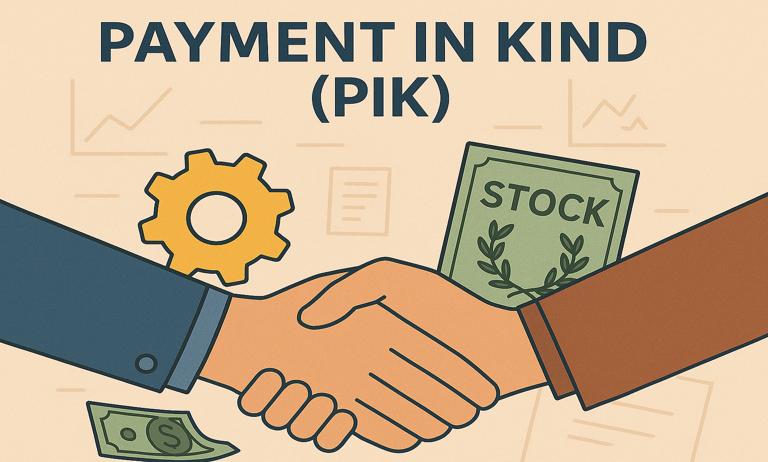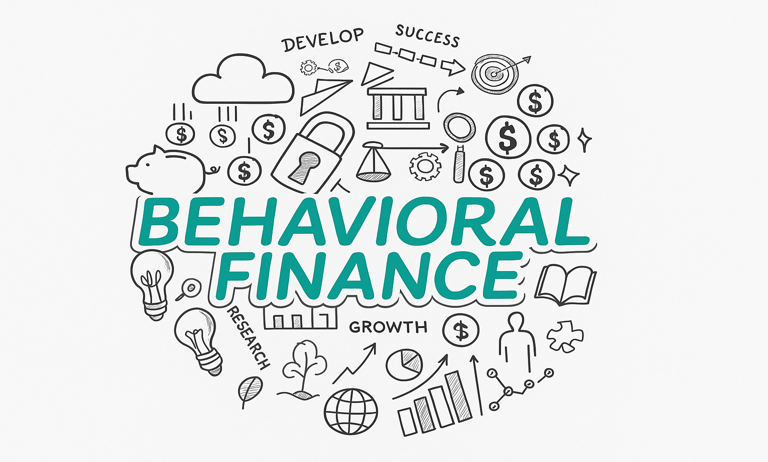What is OPEC?
OPEC, or the Organization of the Petroleum Exporting
Countries, was created back in 1960 to bring oil-producing nations together and
today, it includes 13 member countries, with heavyweights like Saudi Arabia,
Iran, Iraq, and the United Arab Emirates leading the pack. The main idea behind
OPEC is simple: to work as a team, ensuring oil prices stay stable so that
member countries can count on steady income while keeping the global oil market
balanced.
How OPEC affects oil prices?
1. Setting Production Limits:
OPEC decides how much oil each member country can produce. By tweaking these
limits, OPEC can control how much oil hits the market. For instance, if they
decide to pump less oil, the reduced supply usually drives prices up. On the
other hand, if they ramp up production, prices tend to drop because there’s
more oil available.
2. Keeping the Market Steady:
One of OPEC’s biggest goals is to avoid wild swings in oil prices. By managing
how much oil is produced, they try to keep prices from skyrocketing or
crashing. This stability is a win-win: oil-exporting countries get reliable
income, and oil-importing nations can plan their budgets without worrying about
sudden spikes in energy costs.
3. Big Decisions, Big Reactions: OPEC holds regular meetings to discuss oil production and market trends. These meetings are a big deal—investors, traders, and governments around the world watch closely. Sometimes, just the hint of a production cut can send prices soaring, while talk of increasing output can cause prices to tumble. It’s all about expectations and how the market reacts.
Now let’s discuss a few case studies to
understand how OPEC works and its impact on the oil market.
Case 1: 2014 Oil Price Crash – OPEC’s
Fight for Market Share
Situation: By
the early 2010s, the U.S. had become a major oil player due to the shale
revolution. The shale revolution refers to dramatic increase in the production
of oil and natural gas from shale formation primarily in the United States, due
to advancements in hydraulic fracturing and horizontal drilling technologies.
The revolution transformed the Global energy landscape by making the U.S the world's
largest producer of oil and gas. This made global supply surge, causing prices
to fall.
OPEC’s Move:
Instead of cutting production to stabilize
prices, OPEC kept pumping oil aggressively to drive U.S. shale producers (who
had higher costs) out of the market.
Impact:
1. Oil prices crashed
from $100 to $30 per barrel
2. Many U.S. shale
companies went bankrupt
3. OPEC nations also
suffered but maintained market dominance
OPEC’s Key
Characteristic:
Market Control – OPEC manipulates
supply to maintain dominance, even at short-term losses.
Case 2: 2020 COVID-19 Crisis – OPEC’s Emergency Response
Situation: As
COVID-19 lockdowns shut down travel and industries, global oil demand collapsed
by 30%. Prices plummeted, and for the first time, U.S. oil prices went negative.
OPEC’s Move:
In April 2020, OPEC+ (including Russia) cut
production by a record 9.7 million barrels/day to stabilize the market.
Impact:
1. Oil prices
rebounded within months
2. Prevented a total
market collapse
3. Restored balance
between supply and demand
OPEC’s Key Characteristic:
Market
Stabilization – OPEC steps in during crisis to prevent extreme volatility.
# The Broader Economic Impacts of OPEC
OPEC, or the Organization of the Petroleum
Exporting Countries, holds a lot of power when it comes to the global oil
market. By deciding how much oil its member countries produce, OPEC can sway
oil prices, and that has a big impact on economies around the world. Let’s
break it down.
● Oil Prices and Supply: OPEC’s
decisions about oil production directly affect how much oil is available globally.
When they cut production, oil prices tend to rise. When they pump more, prices
often fall.
● Inflation and Everyday Costs: When
oil prices go up, everything from gas to heating becomes more expensive. This
can lead to higher inflation, meaning the cost of living rises for everyone. On
the flip side, when oil prices drop, energy costs fall, and people have
more money to spend elsewhere.
● Economic Growth: High
oil prices can slow down economies. Businesses face higher costs, and consumers
cut back on spending. But when oil prices are low, it’s like a boost for the
economy—cheaper energy means businesses can produce more, and people have
more cash to spend.
● Trade Imbalances: Countries that
import a lot of oil, like India or Japan, feel the pinch when oil prices rise.
They end up spending more on imports, which can hurt their trade balance. Meanwhile,
oil-exporting countries, like Saudi Arabia or Nigeria, benefit from higher
prices but struggle when prices crash.
A Real-World Example: Back in 2014, OPEC
decided to keep oil production high, even though prices were falling. This led
to a sharp drop in oil prices. For countries that import oil, it was a welcome
relief—cheaper energy helped their economies. But for countries that rely on
oil exports, like Venezuela, it was a disaster, leading to economic crises.
● Global Ripple Effects:
OPEC’s moves don’t just affect oil markets.
They ripple through industries like transportation, manufacturing, and even
retail. When oil prices swing, it can mean higher or lower costs for goods,
shifts in job markets, and changes in how much people spend.
Conclusion
In short, OPEC’s decisions don’t just stay in
the world of oil—they touch everything from your gas bill to the health of the
global economy. Whether it’s good news or bad depends on where you stand, but
one thing’s clear, when OPEC speaks, the world listens.
Piyush Chopra
Financial Analyst








